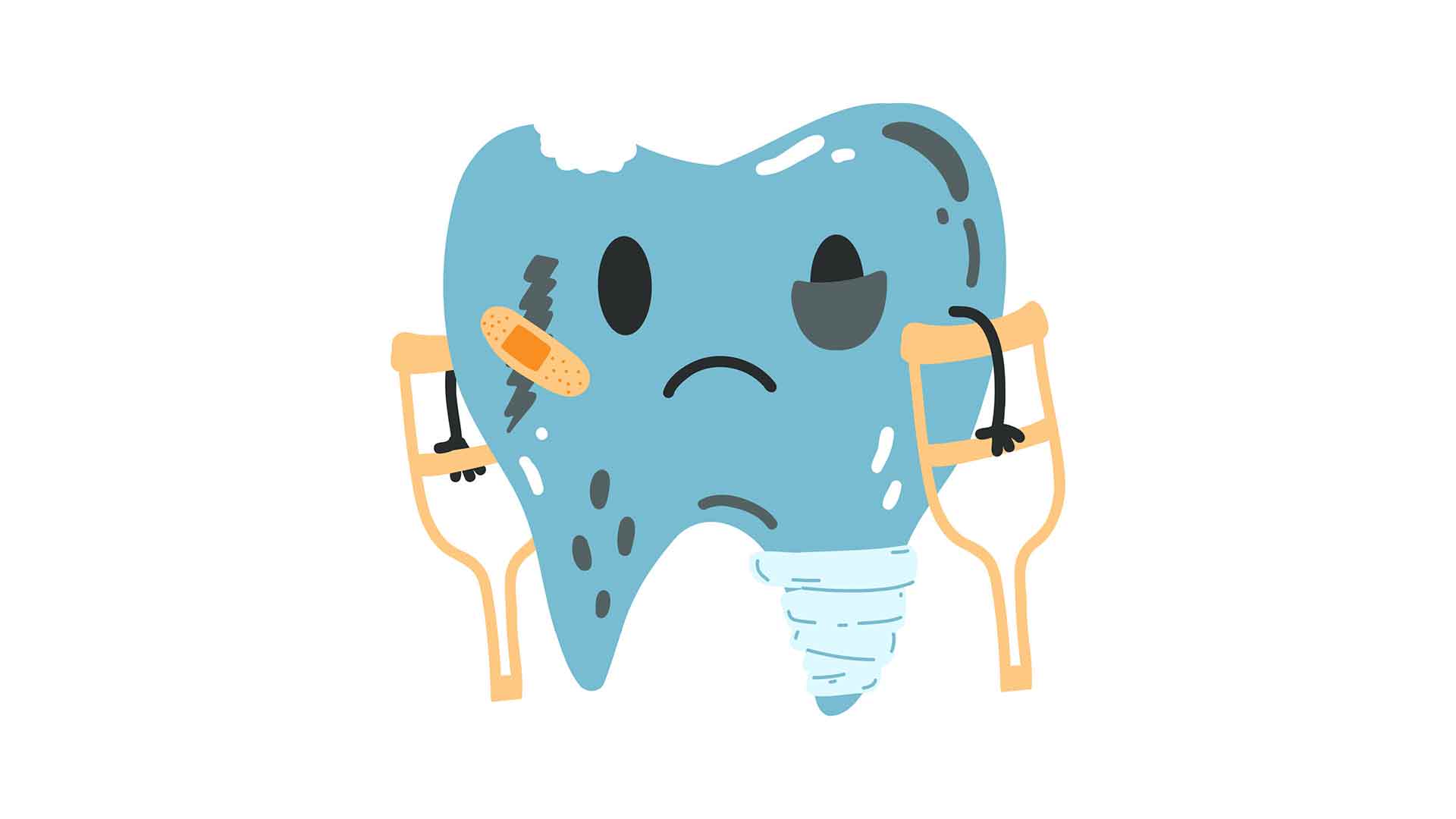By: DR NIKITA THANKI
Tooth decay (dental caries) occurs when the bacteria in your mouth produce acid which breaks down/damages your tooth. These bacteria are fuelled by sugar from the foods and drinks we consume. Without treatment, tooth decay can lead to pain and infection.
Types of Treatment
If your dentist tells you you have tooth decay, the following can happen:
1. You have early decay which has not extended beyond the outer layer (enamel) of the tooth – good cleaning (and a low sugar diet) has the potential to reverse this early decay, your dentist may also apply some protective fluoride varnish to your teeth to aid in this.
2. You have tooth decay that has extended beyond the outer layer of the tooth but has not extended to the centre of the tooth (where the nerve is) – in this case, the dentist may suggest a filling – this is where they take the decayed part of the tooth out and replace it with a strong material.
3. You have tooth decay that has extended to the nerve of the tooth (this may or may not be painful/infected) – in this case if you want to save your tooth then the dentist may suggest a root canal treatment which is where the nerve is removed from the tooth and the canals/areas which they have been removed from, are cleaned and filled.
4. If your tooth has decayed in a way that makes it unsaveable, or you decide not to have root canal treatment, the dentist may suggest complete removal of the tooth (tooth extraction)
You may or may not know you have tooth decay. This is because sometimes decay causes symptoms or a hole, but other times it progresses without either of these. This is why regular checkups with your dentist are very important.
And remember, prevention is always better than cure!

